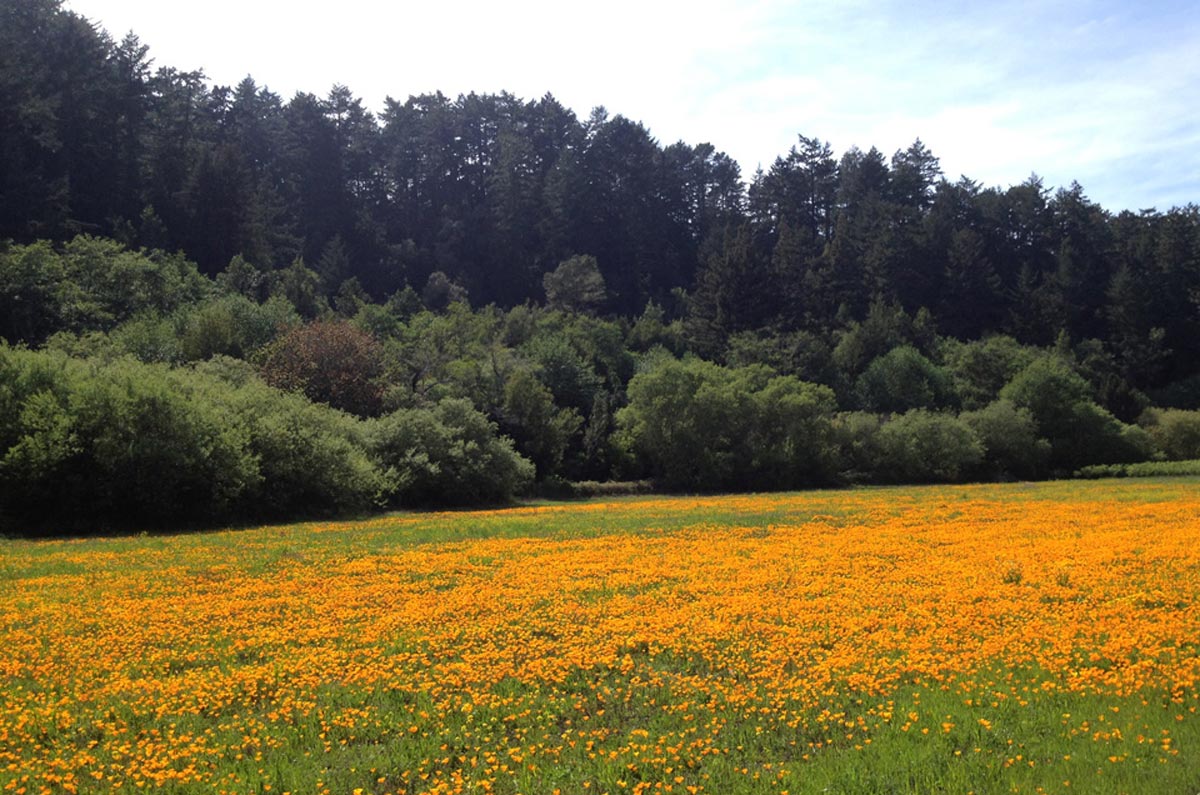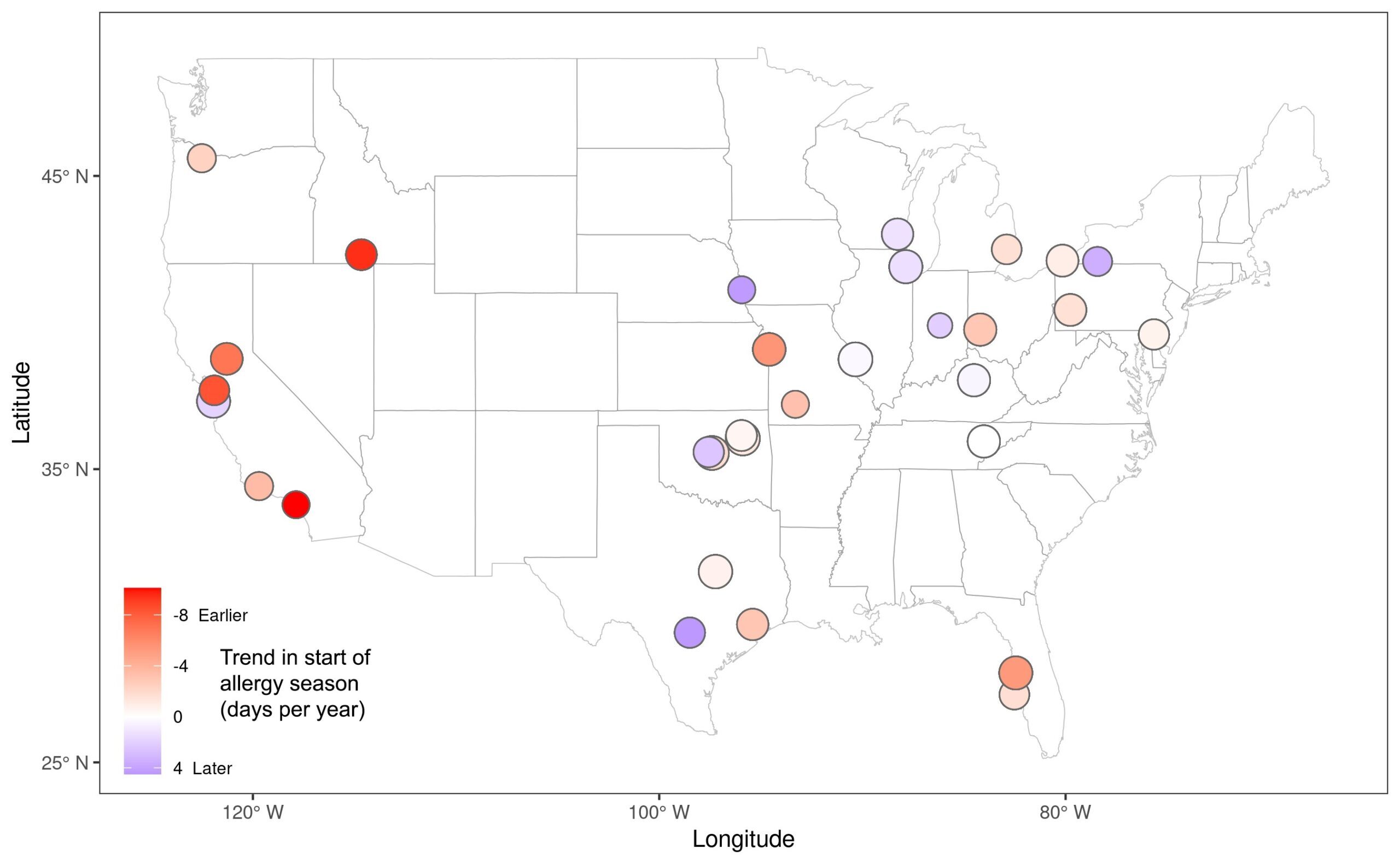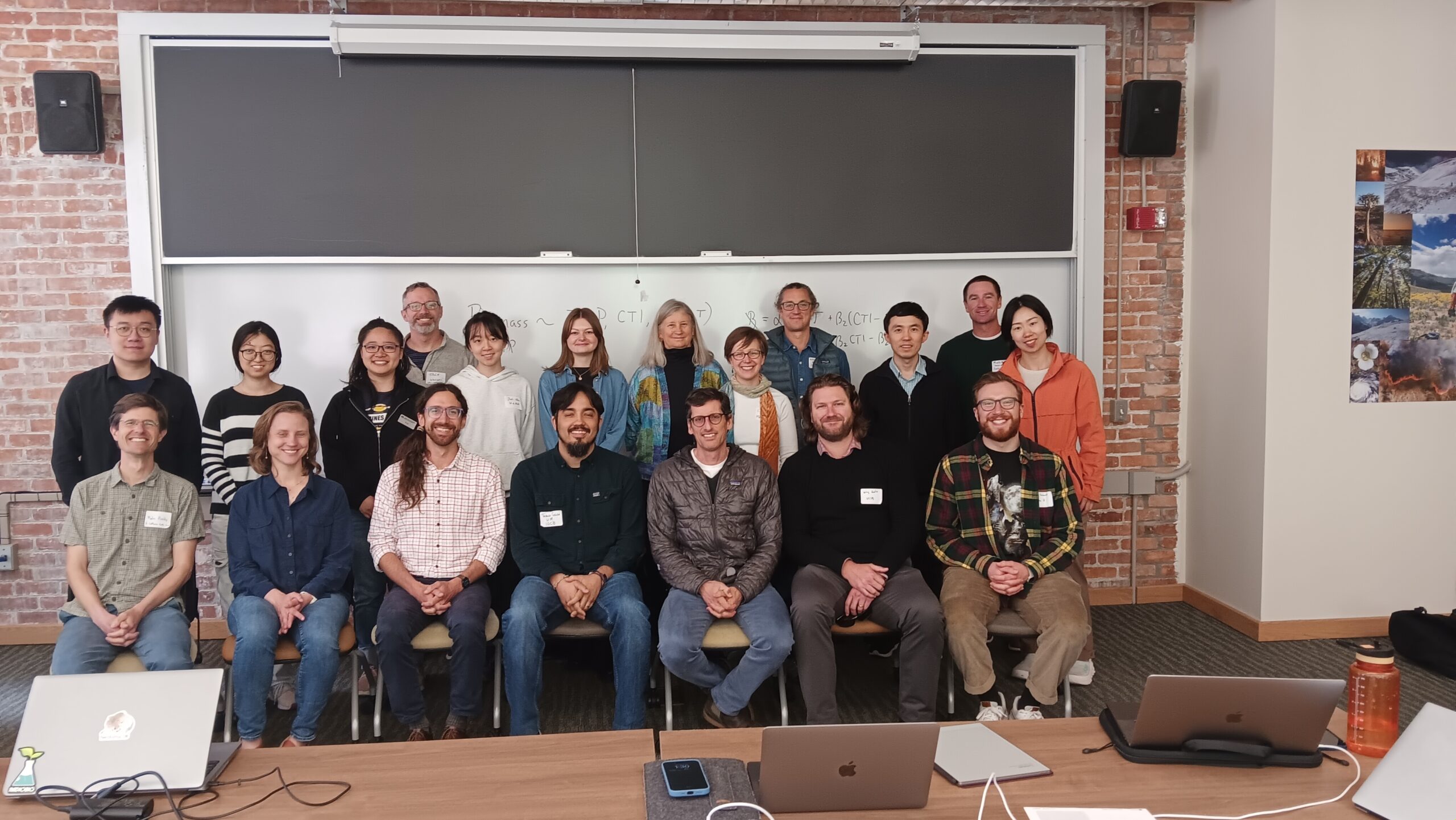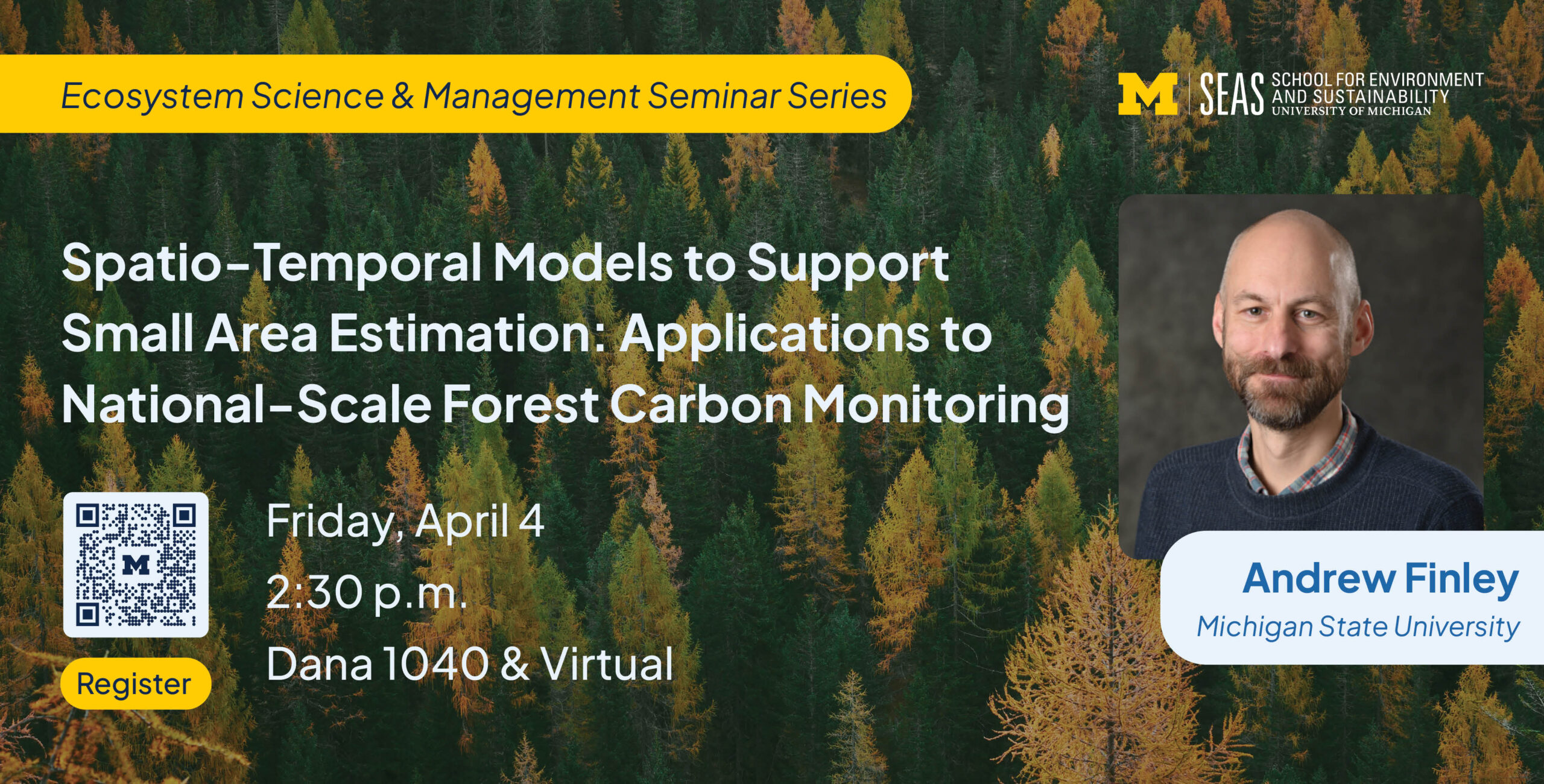Zhu K., Woodall C.W., Clark J.S. (2012). Failure to migrate: lack of tree range expansion in response to climate change. Global Change Biology, 18, 1042-1052.
The Intergovernmental Panel on Climate Change (IPCC) is a scientific intergovernmental body under the auspices of the United Nations. The IPCC provides an internationally accepted authority on climate change, producing reports which have the agreement of leading climate scientists and the consensus of participating governments. For the efforts to build up and disseminate knowledge about climate change, the IPCC was awarded the 2007 Nobel Peace Prize.
The newly released IPCC Fifth Assessment Report (AR5) Working Group II (WGII: Impacts, Adaptation and Vulnerability) Chapter 4 (Terrestrial and Inland Water Systems) cites the Global Change Biology article in the section of Observed Changes in Species Range, Abundance and Extinction.
Observed species range shifts – The number of studies looking at observed range shifts and the breadth of species examined has greatly increased since AR4. The most important advances since AR4 concern improvements in understanding the relationship between range shifts and changes in climate over the last several decades. The “uphill and poleward” view of species range shifts in response to recent warming (Parmesan and Yohe, 2003; Parmesan, 2006; Fischlin et al., 2007; Chen et al., 2011) is a useful simplification of species responses; however, responses to warming are conditioned by changes in precipitation, land use, species interactions and many other factors. Investigations of the mechanisms underlying observed range shifts show that climate signals can often be detected, but the impacts of and interactions between changing temperature, precipitation and land use often result in range shifts that are downhill or away from the poles (Rowe et al., 2010; Crimmins et al., 2011; Hockey et al., 2011; McCain and Colwell, 2011; Rubidge et al., 2011; Pauli et al., 2012; Tingley et al., 2012; Zhu et al., 2012). There are large differences in the ability of species groups (i.e., broad taxonomic categories of species) and species within these groups to track changes in climate through range shifts (Angert et al., 2011; Mattila et al., 2011; Chen et al., 2011). For example, butterflies appear to be able track climate better than birds (community shifts: Devictor et al., 2012; but see Chen et al., 2011 for range shifts) while some plants appear to be lagging far behind climate trends except in mountainous areas (Bertrand et al., 2011; Doxford and Freckleton, 2012; Gottfried et al., 2012; Zhu et al., 2012; Telwala et al., 2013). There is growing evidence that responses at the “trailing edge” of species distributions (i.e., local extinction in areas where climate has become unfavourable) are often less pronounced than responses at the “leading edge” (i.e., colonization of areas where climate has become favourable), which may be related to differences in the rates of local extinction vs. colonization processes (Doak and Morris, 2010; Chen et al., 2011; Brommer et al., 2012; Sunday et al., 2012) and difficulties in detecting local extinction with confidence (Thomas et al., 2006).








